–
Many enslaved people escaped following the North Star to freedom, crossing hundreds of dangerous miles until they reached Canada. But thousands also traveled the underground railroad to México, swimming across the Río Grande to earn their freedom. México outlawed slavery in 1829, declaring that anyone who reached Mexican soil was automatically free. For enslaved people in the Deep South and Texas, reaching México was often easier than traveling to [the northern state or to] Canada – though both routes promised danger to those who were caught.
México actively helped slaves who escaped, refusing to sign a fugitive slave agreement with the United States. Angry slaveholders ignored the law and hired bounty hunters to cross the border into México to hunt down former slaves. Just like the fugitive slaves in the Great Dismal Swamp, escapees made a new life in México. One former slave even became a millionaire and moved back to the US, claiming to be Mexican.
Brave Americans and Mexicans shepherded escaped slaves across the southern border. Enslaved people risked their lives to float across the Río Grande on bales of cotton. And one former enslaved person even joined the Mexican military to defend his freedom.

Escaped Slaves Floated Across The Río Grande To Freedom
In July 1863, three escaped slaves crossed the wide Réo Grande, floating on a bale of cotton. Texas newspapers spread the news, warning slaveholders that enslaved people had found a new route to freedom: México.
Others crossed the southern border on foot or hopped ferries that landed in México. Up to 10,000 enslaved people escaped on the underground railroad to México before the US officially outlawed slavery in 1865 with the 13th Amendment.
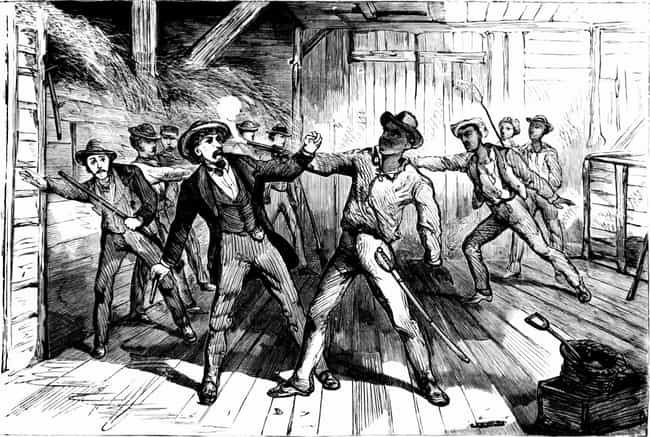
US Officials On The Border Tried To Capture Enslaved People Before They Could Escape
In the 1850s, the border with México was dotted with military forts, holdovers from the Mexican-American War. American officials at the forts were ordered to capture enslaved people that tried to escape across the Río Grande. These officials would then return the slaves to slaveholders.
The thousands who successfully escaped to México had to avoid the dangers of the military forts. However, enslaved people who crossed into México often found support from Mexicans who helped the former slaves avoid recapture near the border.
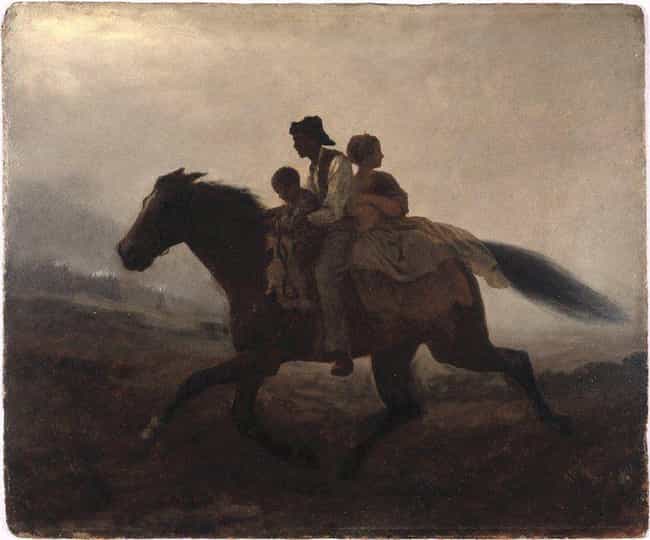
At Least One Escaped Slave Joined México’s Military To Fight Against Texas
Sam Houston was president of the Republic of Texas and a hero of the Texas Revolution. He was also a slaveholder who enslaved a man named Tom Blue.
Tom was Houston’s coachman before he escaped to México and earned his freedom. Once he became free, Tom joined the Mexican military, Houston’s old rivals, to protect the country that granted him freedom.
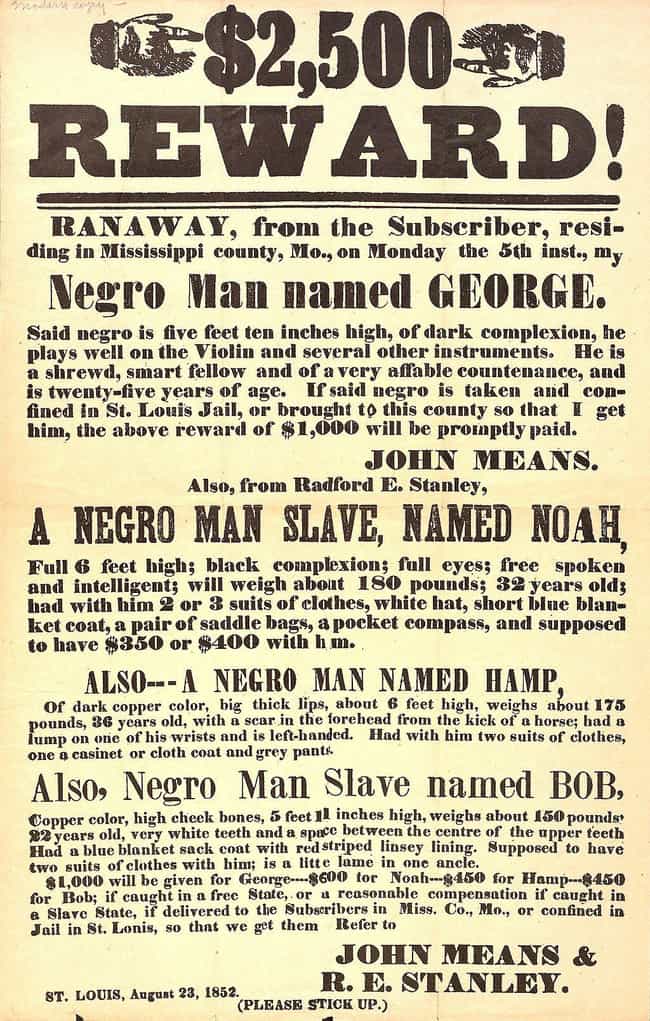
México Refused To Sign A Fugitive Slave Agreement With The US
The Fugitive Slave Act of 1850 gave slaveholders the power to force free states to return escaped slaves. Abolitionists fought against the act, declaring it a form of kidnapping.
As thousands of enslaved people escaped to freedom across the southern border, slaveholders pressured México to sign a fugitive slave treaty. The agreement would have forced México to return escaped slaves.
México refused, declaring that on Mexican soil, all enslaved people became free. That didn’t stop some Texans from illegally crossing the border to grab former slaves.
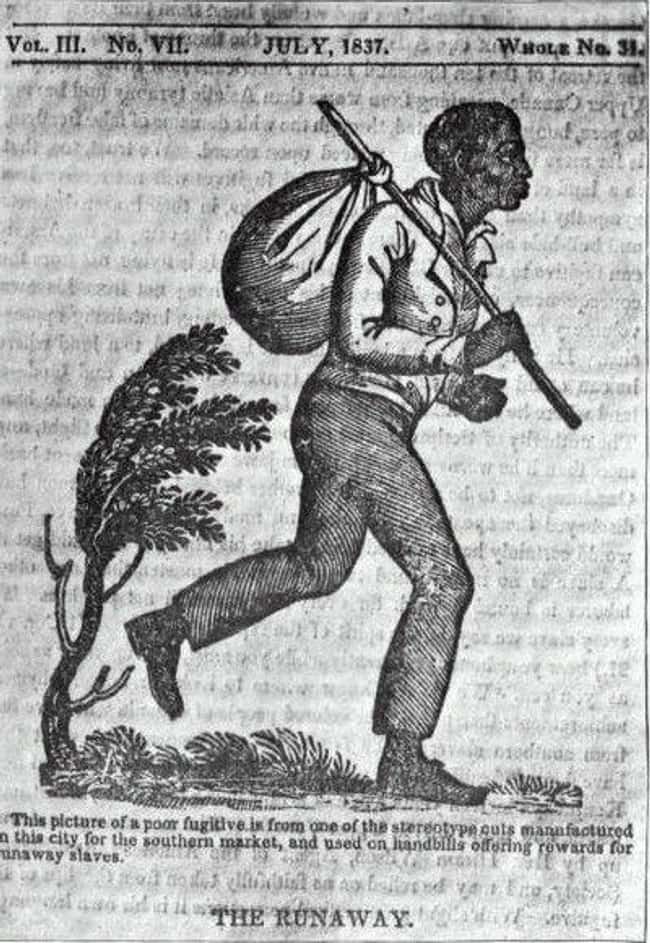
A Mixed-Race Family Helped Enslaved People Escape To México
Who was the Harriet Tubman of the underground railroad to México? While no one matched Tubman’s success, one family in particular helped enslaved people escape to freedom.
Matilda Hicks was once enslaved herself, by a plantation owner in Alabama. Hicks married Nathaniel Jackson, the son of the plantation owner, and they moved to southern Texas. The Jacksons, a mixed-race couple, established themselves near the Río Grande to shepherd enslaved people to freedom.
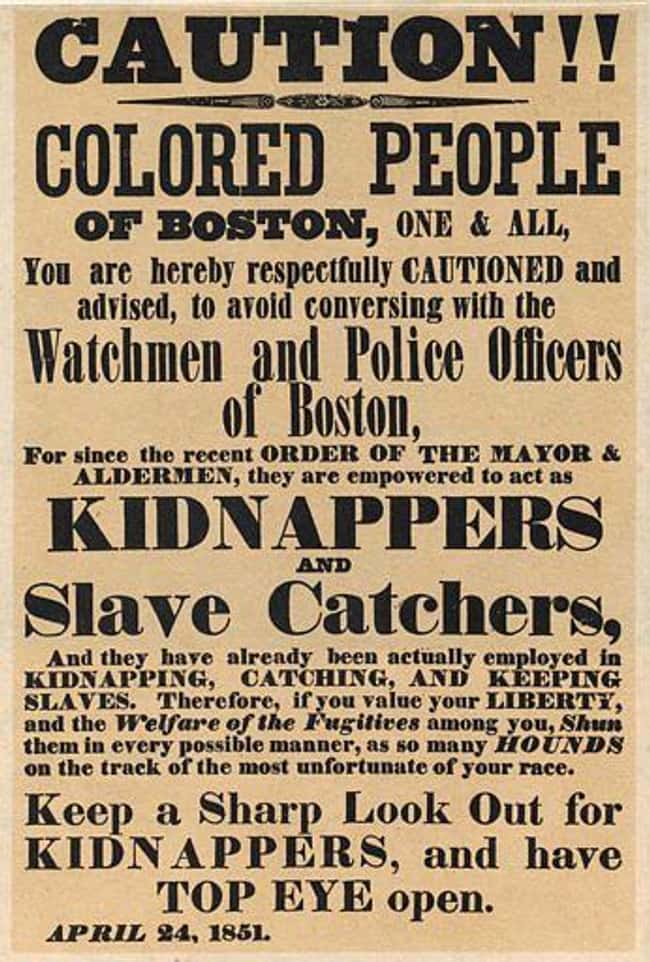
Slave Hunters Illegally Crossed The Border To Kidnap Former Enslaved People
In the North, where slavery was illegal, slave hunters still crossed state lines to kidnap fugitive slaves. The same thing happened in México – except slave hunters were illegally crossing an international border.
Slavery was outlawed in México, meaning American slave hunters had no jurisdiction. Sympathetic Mexicans realized the danger to fugitive slaves who stayed close to the border and helped them flee south. In Monclova, México, a Mexican official raised money for an enslaved family. The community provided clothing, money, and food to help the family continue traveling south.
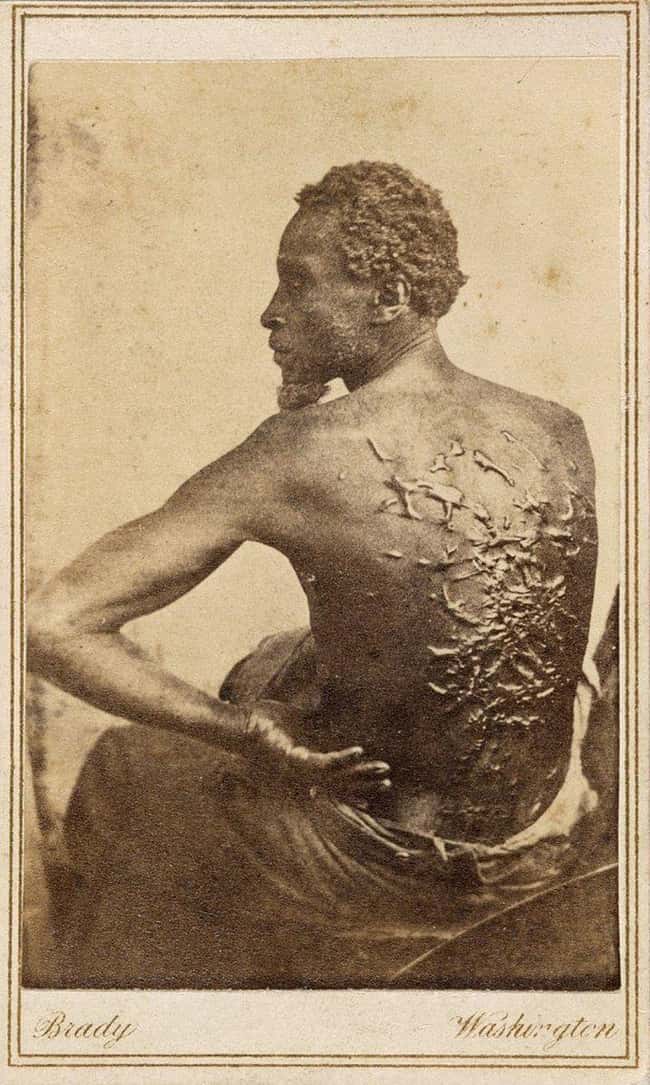
Fugitive Slaves Who Were Caught Faced Beatings, Lynchings, And Executions
The underground railroad route to México was just as dangerous as fleeing north. Fugitive slaves who were caught often faced horrific punishments. Beatings and lynchings were common, so many enslaved people took enormous risks to flee bondage.
Texans opposed to slavery helped escaped slaves cross the state and reach México. Mexicans living in Texas, known as tejanos, helped slaves, as did a freed black woman, and two white men. But because the journey was so dangerous, few records of México’s underground railroad remain.
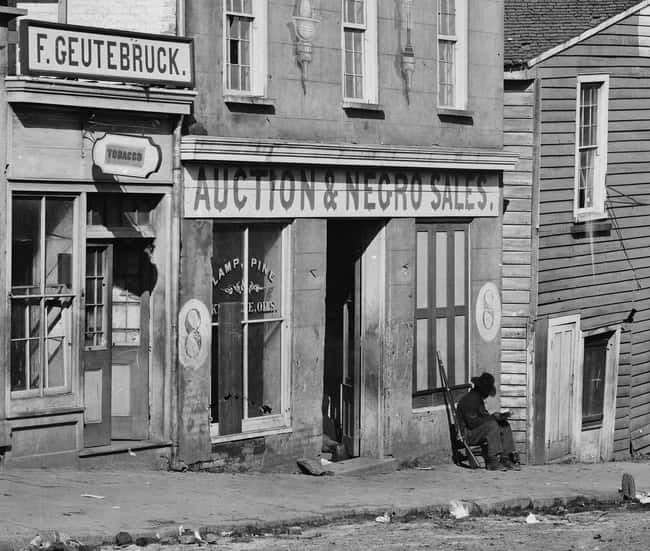
One Escaped Slave Forced A Court To Declare Her Mexican
Escaped slaves used the lack of tight border control to their advantage. With miles between border posts, thousands could slip across the border to freedom.
In 1857, Dolores Brown found another way to earn her freedom. Though she was an escaped slave who fled to México, Brown successfully argued that she was Mexican in front of a US court. Brown declared that she had been born to Mexican parents on the Guadalupe River in México, meaning she had never been enslaved. The judge had no way to disprove Brown’s claim, and eventually ruled that she was “a free person of Mexican descent.”
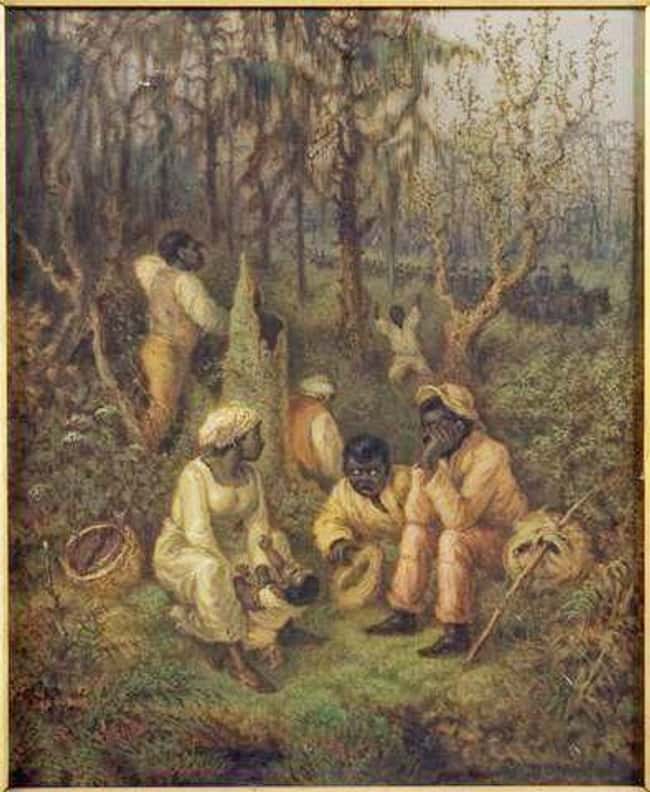
Abolitionists Tried To Establish A Colony For Escaped Slaves In México
When México abolished slavery in 1829, American abolitionists saw a way to help enslaved people escape bondage. In the early 1830s, a group of Quakers tried to establish a colony in México for enslaved people. Benjamin Lundy, a major Quaker abolitionist, personally petitioned the Mexican government for land.
However, the plan fell apart in 1836 when Texas declared its independence. The free colony envisioned by the Quakers was in Texas – which quickly reinstated slavery. However, México did grant lands to a group of Seminoles that included escaped slaves in 1852.

The Mexican President Who Outlawed Slavery Had African Heritage
In 1829, Vicente Guerrero became one of Mexico’s first presidents. Guerrero, who abolished slavery in México, counted Africans among his ancestors.
By outlawing slavery, Guerrero freed 200,000 enslaved people. México also became the first country in North America to abolish slavery. Canada followed four years later when the British Imperial Act of 1833 banned slavery.
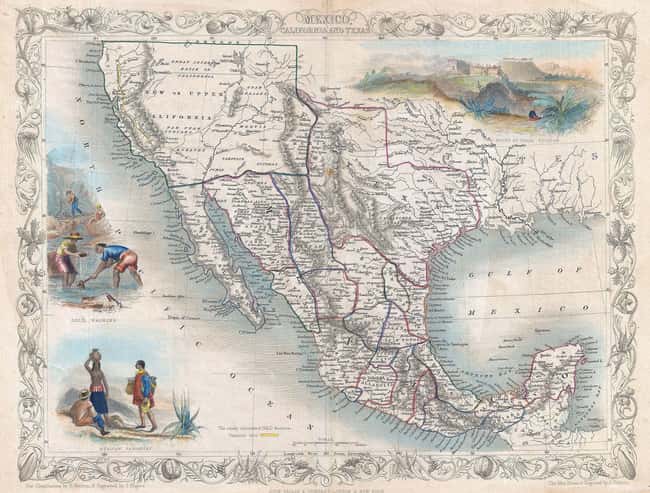
Texans Fought To Leave México In Part To Keep People Enslaved
By 1836, slavery had been illegal in México for several years. That year, Texas gained its independence from México after a violent revolution. And slavery was one of the reasons Texans revolted.
After the successful Texas Revolution, Texas eventually joined the United States in 1845 – as a slave state. Though slavery remained illegal across the Río Grande in México, it grew rapidly in Texas, creating tension along the border. It also created an opportunity for enslaved people to escape to freedom by fleeing into México.

Texas’ Illegal Slave Hunters Became The Texas Rangers
Furious at enslaved people who escaped to México, Texans hired slave hunters to illegally cross the border and kidnap those who had escaped.
These bounty hunters crossed the Río Grande to hunt former enslaved people. They charged slaveholders based on the distance escaped slaves had traveled from the border. These bounty hunters eventually evolved into the Texas Rangers.

In México, One Former Slave Became A Millionaire
México offered former enslaved people opportunities to reinvent themselves. William Ellis, born into slavery in Texas, moved to México after the Civil War and tried to create a colony for other former slaves.
After the colony failed, Ellis moved to New York, declared himself Mexican, and became an entrepreneur with an office next door to JP Morgan. Fluent in Spanish and an expert in USA-Mexico trade, Ellis eventually married a white woman and hid his background as an enslaved person.
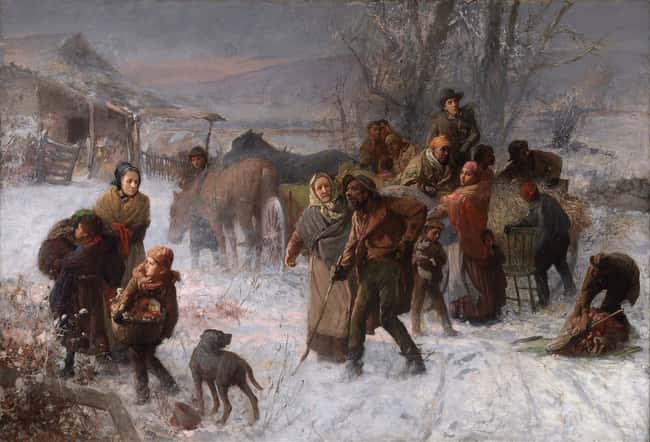
Canada And México Both Saved Thousands From Slavery
More than 100,000 enslaved people traveled on the underground railroad to Canada. The dangerous route crossed thousands of miles, forcing enslaved people to endure terrible conditions to earn their freedom.
The number of enslaved people who escaped on the underground railroad to México was smaller – likely fewer than 10,000 total. Still, the southern route to freedom gave slaves living in the Deep South another chance at freedom. Canada might have felt impossibly far away, but enslaved people from Alabama, Mississippi, Louisiana, and Texas all successfully escaped bondage by crossing into México.









